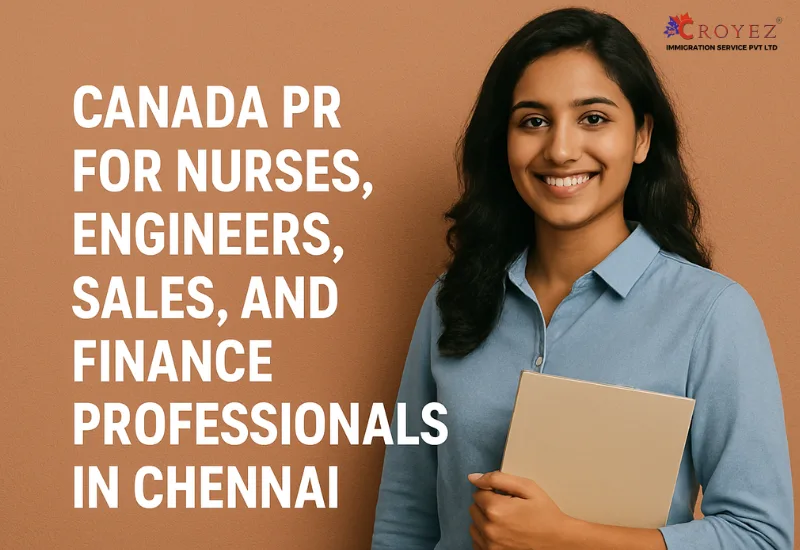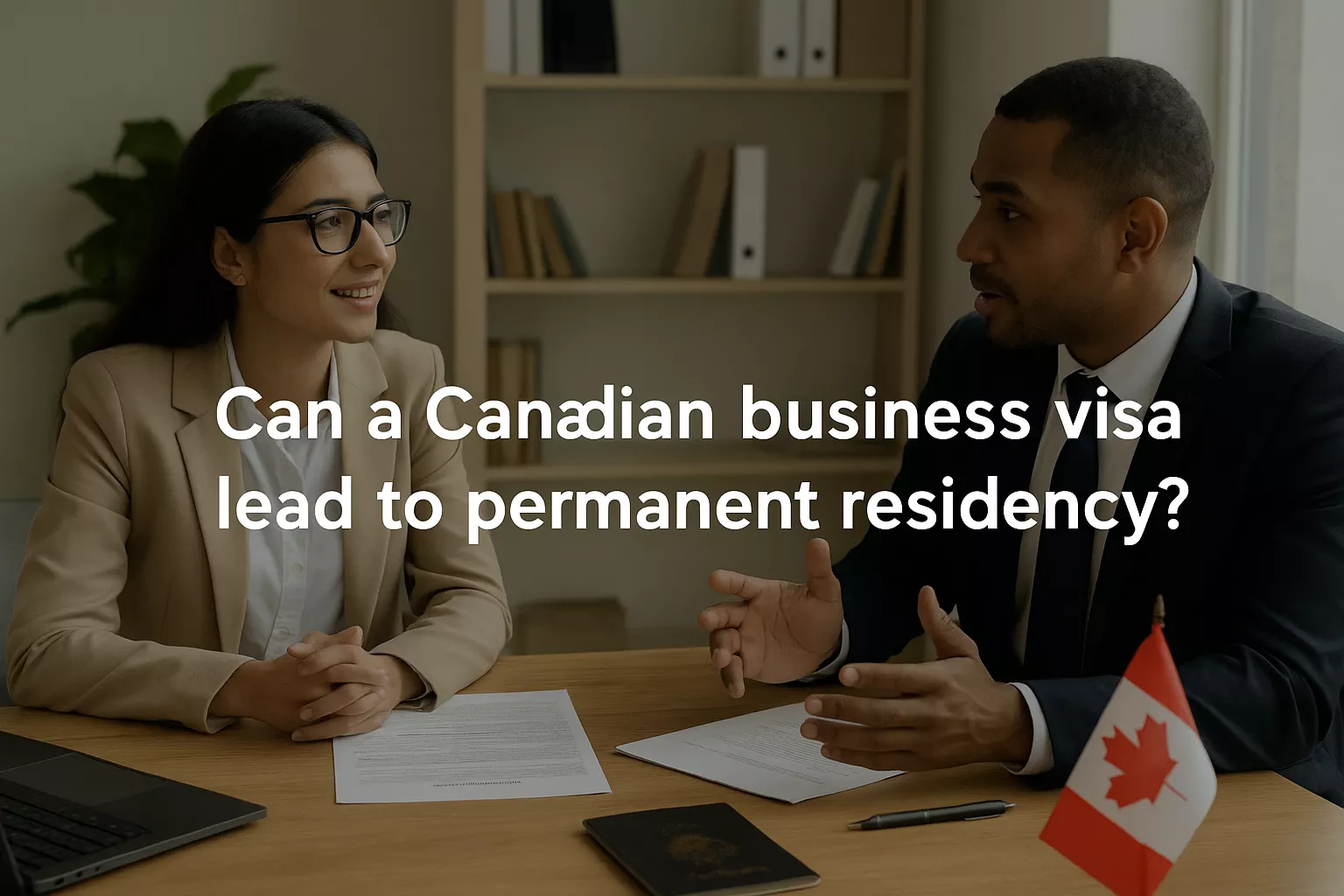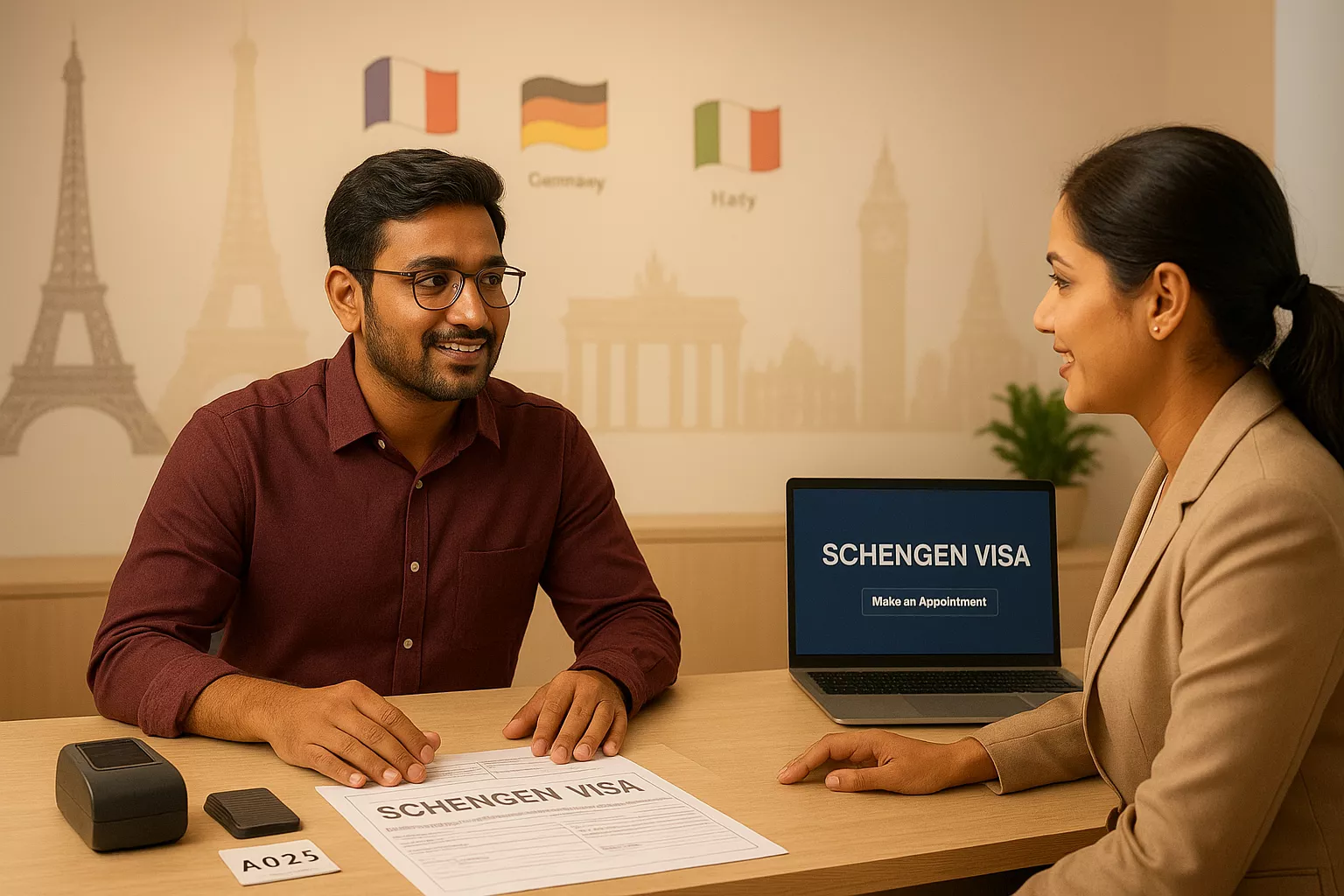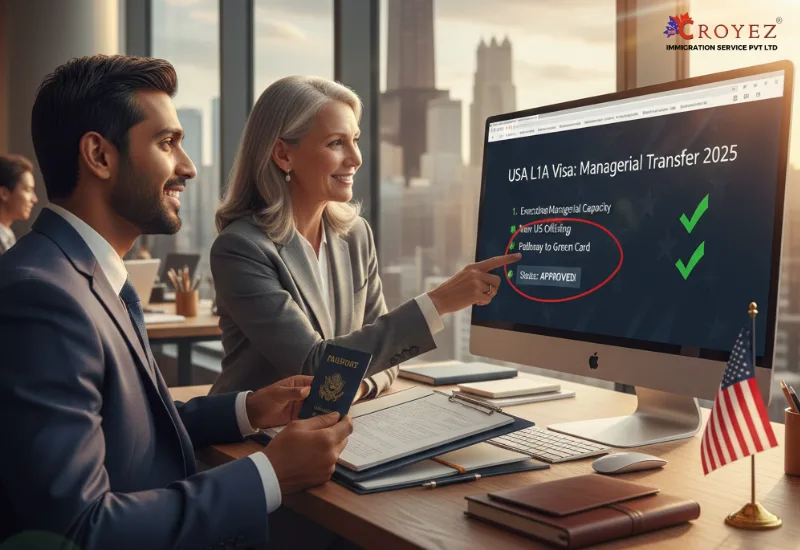What is a Resident Visa Australia?
People with a Resident Visa in Australia can live, work, and attend school there for as long as they wish. It grants them many of the same rights as a citizen, including the right to healthcare, social services, and the ability to assist family members in obtaining visas. Some types of Resident Visas have travel conditions that need to be renewed, but they are good for a long time. For many people, it's a significant step towards becoming a citizen.
Importance of Residency for Long-Term Stay in Australia
As a resident, you don't have to guess when your renewals are due, and you can use public services like Medicare and low-cost education. It enables individuals with permanent residence (PR) to become citizens after they have resided in the country for a specified period, demonstrated good character, and acquired proficiency in the language. It's not just about status; it's about having a safe place to fit in in a country that is both competitive and welcoming.
Eligibility Criteria for Resident Visa Australia
General Eligibility Requirements
When you ask, ‘How can I qualify for a Resident Visa Australia?’, you must know that to be eligible, applicants must meet health and character requirements. This typically requires a clean police record and a doctor's note. Some types of visas have specific requirements, such as age (usually under 45), education, English language skills, job experience, and a good skills evaluation in a particular field.
Skilled Migration Pathways (Subclass 189, 190)
If you are a skilled worker who works for yourself and your occupation is on the Skilled Occupation List, you can apply for a Subclass 189 visa if you score well on the points test. To obtain a Subclass 190 visa, you must be nominated by a state or territory. It may be easier to get if you have connections to certain places. Both start by sending an Expression of Interest (EOI) through SkillSelect.
Family-Based Residency Options
Australian citizens or permanent residents can obtain family visas for their spouses, children, and parents. You can get PR in steps with the Partner Visa. Parent Visas are a quicker but more expensive option, especially those that require payment. These paths prioritise family reunification, but they often take longer and cost more money.
Employer-Sponsored Residency Visas
The Subclass 482 visa for temporary skilled workers can lead to permanent residency through Subclass 186 if the candidate has the right experience and is sponsored by a company. The job must be on the MLTSSL list, and the employer must pass a test of the job market. This option is suitable for individuals who already have a solid job offer in Australia.
Regional Pathway Options (Subclass 491 to 191)
Subclass 491 is a regional skilled work visa that encourages people to relocate to less populated areas of Australia. After living in the area for three years and meeting the income requirements, applicants can apply for Subclass 191 (permanent residency). This method usually has fewer competitors, which means you have a better chance of getting an invitation when you know who is eligible for residency in Australia.
Points-Based System and PR Assessment
How the Points System Works
Points determine how competitive you are for skilled visas. Age, your proficiency in English, education, work experience, and your partner's skills all matter when determining the points requirement for Australian PR. The lowest score is 65 points, but many high-demand jobs require higher scores. Once you submit your EOI, points will determine whether you receive an invitation to apply.
Factors That Increase Points Score (Age, IELTS, Work Exp.)
People between the ages of 25 and 32 get the most age points. Scoring 7 or 8 bands on the IELTS can help you gain admission. And no, for queries like, can I apply for Australia resident visa without IELTS?. Experience working, especially in Australia, is a plus. Another way to earn more points is to study in a rural area or complete a professional year in a field such as IT or engineering.
Skill Assessment & Nominated Occupations
You need to have a good skills evaluation from a well-known group, such as ACS or Engineers Australia, depending on the job you want. There is a group that decides who can do each job on the Skilled Occupation List. If you ask, ‘How do I apply for a permanent resident visa to Australia?’, you first need to check that your qualifications meet Australian standards before you apply.
Application Process for Resident Visa Australia
Step-by-Step Process from EOI to Visa Grant
Sending an EOI through SkillSelect is the first step. You'll get an invitation to apply if your score is high enough. You have 60 days to complete a full application, undergo health and character tests, and await a decision. You'll receive a visa grant letter that outlines your PR status and travel rules once you're approved.
Documents Required for Australia Residency Visa
Applicants must provide proof of their identity, demonstrate their ability to speak English, demonstrate their education, provide evidence of their work experience, and submit a skills assessment. You also have to pass checks by the police and doctors. For family-based applications, proof of relationships is significant. All documents must adhere to the rules for layout and translation if they are not in English.
Visa Fees and Processing Timeline
Different subclasses have different fees. The leading candidate typically needs to pay approximately AUD 4,640 for a visa to move to Australia as a skilled worker. Family visas, especially those for contributing parents, are more expensive. It can take 6 to 12 months to process skilled visas and even longer for family visas. When the case is ready, the demand for the job, as well as the difficulty of working on it, depends on its completeness.
Pathway from Temporary to Permanent Residency
Temporary Visas that Lead to Resident Visa Australia
Many people use temporary visas, such as the Subclass 482 and 491, to obtain permanent residency. Many people who complete the Subclass 485 use this time to gain experience and earn points. After meeting the time and work requirements, these visa holders can apply for PR under Subclass 186 or 191.
Conversion Steps and Timeframe for PR Eligibility
Typically, you must have lived and worked in Australia for two to three years, and in some cases, you may also need to meet specific income requirements to be eligible. Once the requirements are met, applicants can submit a PR application in the right permanent subclass. The process varies for each type of visa and for each applicant, depending on whether they meet the requirements set by the state or the business.
Benefits of Holding a Resident Visa in Australia
Work and Study Rights
Permanent residents can work without any restrictions and pay the same tuition rates as US citizens at colleges and universities. Dependents also benefit from being able to use public schools and other support services, which makes things easier on their finances.
Access to Medicare and Public Services
People with PR can access Medicare for affordable healthcare and also utilise programs such as public housing and nursery rebates to support them. While they are getting accustomed to their new home, these programs help keep people safe and improve their lives.
Family Sponsorship and Path to Citizenship
People who live in Australia permanently can have family members come to live with them. After meeting the requirements for residency and physical presence, which usually take four years total, with one year as a PR, applicants can apply for citizenship. This lets you vote and get a passport.
Common Challenges and Mistakes to Avoid
Missing Documentation
Submitting incorrect or missing documents is one of the primary reasons for delays and refusals. If an application is missing health reports, has expired certificates, or has bad translations, it can fall apart even if it is otherwise strong. It's very important to be accurate and thorough.
Choosing the Wrong Visa Stream
You could waste a lot of time and effort if you apply for the wrong visa, like Subclass 189 instead of Subclass 190. For things to go well, your profile and the visa subclass must work together smartly.
Not Meeting Language or Health Requirements
If you don't meet the health or English standards, it will affect both the main applicant and their dependents. You can't change these requirements, so it is essential to plan for them ahead of time to avoid delays or disqualification.
Why Choose Croyez Immigration for Your Residency Journey?
Trusted Experts for Resident Visa Australia
Croyez Immigration is a well-established consulting firm with extensive knowledge of family, skilled, and employer-sponsored visa streams. Our experts stay up to date on the rules and ensure that each case is handled individually for optimal results.
End-to-End Visa Support and IELTS/SOP Help
We help you with everything, from selecting a visa and obtaining the necessary paperwork to writing a statement of purpose and preparing for the IELTS. Our advice helps you navigate the complex immigration system and stay informed about policy changes.
High Success Rate with Skilled and Family PR Streams
We help you with everything, from selecting a visa and obtaining the necessary paperwork to writing a statement of purpose and preparing for the IELTS. Our advice helps you navigate the complex immigration system and stay informed about policy changes.
Frequently Asked Questions (FAQs)
How long does it take to get a Resident Visa Australia?
Different types of visas require varying amounts of time to process. Most skilled visas, on the other hand, take between 6 and 12 months. Partner and parent visas can take longer, depending on the type and the number of applicants.
Can I bring my family on a Resident Visa?
Yes, resident visas let you include your spouse, dependent children, and sometimes other dependent relatives in your application or sponsor them after you get your PR.
What is the minimum IELTS score for Australian PR?
You usually need to get at least a 6.0 in every part of the band. However, scoring a 7 or 8 can increase your chances of receiving an invitation by earning you more points.
Can I apply for a Resident Visa without a job offer?
Yes, you don't need a job offer to obtain an independent skilled visa, such as Subclass 189. However, your job must be on the Skilled Occupation List, and you must meet the points requirement.
How do I know if my occupation is eligible for PR?
You need to obtain a skills assessment from the relevant authority, and your job must be listed on either the Skilled Occupation List or the State Occupation List. Croyez can help you confirm this based on your skills and experience.





